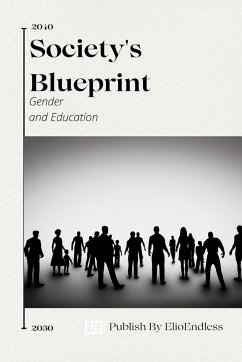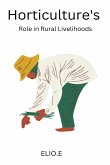This abstract delineates how society constructs gender, influencing the roles, responsibilities, attitudes, and behaviors of individuals across different contexts. While sex is grounded in biological distinctions, unequivocally categorized as 'male' or 'female' (as per USAID 2007, UNGEI 2010, and UNESCO 2014), gender exhibits a more fluid, context-dependent nature. It encompasses not only traditional notions of boys and girls or men and women but also encompasses various transgender and intersex individuals. Society not only prescribes their societal roles but also dictates norms, values, dress codes, opportunities, rights, mobility, freedom of expression, priorities, and even aspirations. Ann Oakley, among the pioneering feminist scholars to introduce this concept, asserts that gender is a cultural construct, referring to the societal classification of individuals into 'masculine' and 'feminine' categories. While one can typically discern biological evidence to determine male and female, the criteria for evaluating masculinity and femininity are cultural, subject to temporal and geographical variations. While the stability of sex is acknowledged, so too is the malleability of gender. Oakley maintains that gender lacks a biological foundation, and the link between sex and gender is far from 'natural.' In the 1930s, anthropologist Margaret Mead conducted a study of three Samoan societies in the South Pacific Ocean. Her research revealed that these societies assigned distinct gender roles to males and females, demonstrating the profound influence of culture on shaping gender dynamics. Across the three societies, women and men played markedly different roles, emphasizing the contextual nature of gender.








